What is Ultrafiltration?
Ultrafiltration (UF) is a type of membrane filtration. It uses hydrostatic pressure to force liquid – watersample across the semi-permeable membrane. The membrane is composed of nitrocellulose with a smallpore size of about 0.22µm or 0.45µm. Ultrafiltration is mainly used to remove bacteria and other organisms in the sample. It is also used to remove small ions, low molecular weight particles and organic matter which impart color, taste, and odor to water.
The Ultrafiltration setup employs a hollow long fiber composed of a membranous material. The feedwater flows either inside the cell or in the lumen of the fiber. The flow of water through the pores of the membrane filter will allow the suspended solutes and particles to retain. The filtered water and the low molecular weight particles pass through the membrane. The outlet water then undergoes other downstream purification procedures which include chemical treatment procedures.
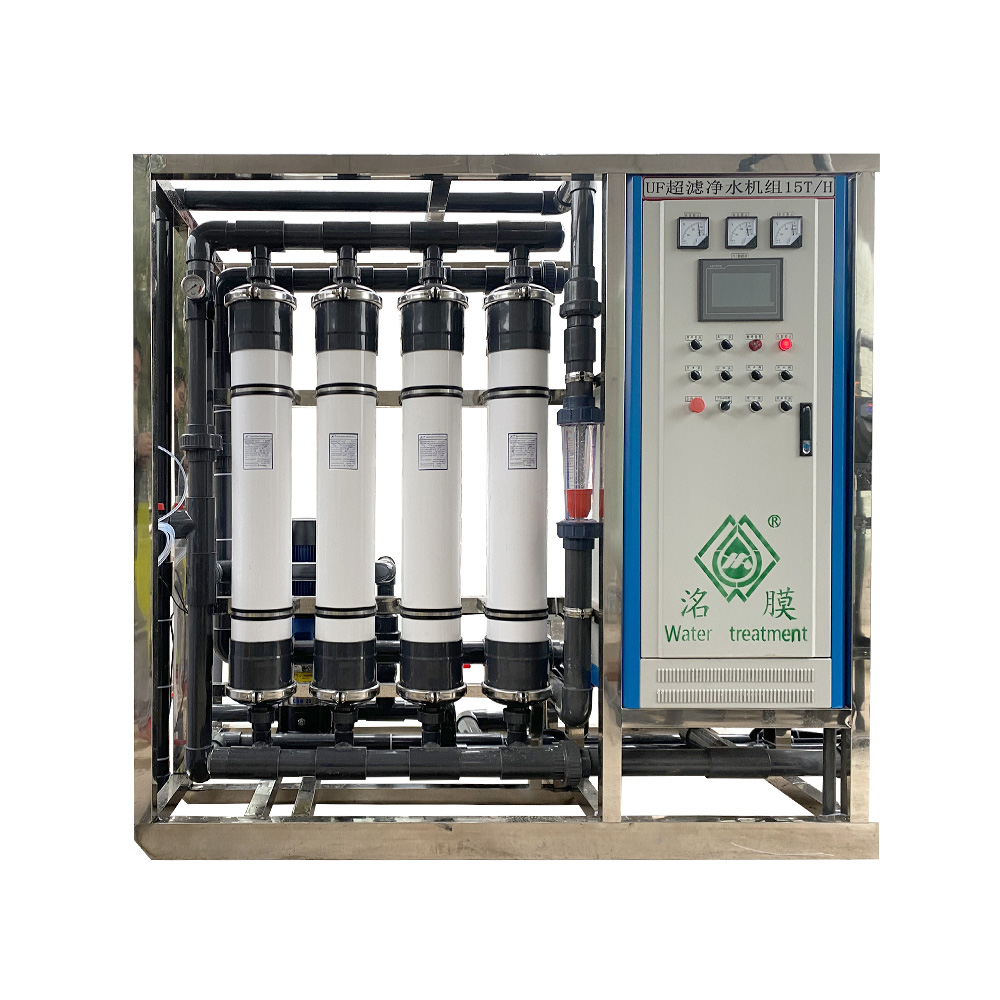
The process of Ultrafiltration is ideally used for purifying and concentrating macromolecular (103 – 106Da) solutions, especially protein solutions. The primary principal of separation is based on the size. Thematerial in which the membrane is prepared can also sometimes have an effect on the filtration speed and efficiency.
The main advantages of Ultrafiltration are;
1.It does not use chemicals to purify.
2. It is based upon the simple process of size separation.
3.It can be used to remove both particles and microorganisms.
4.It can be automated.



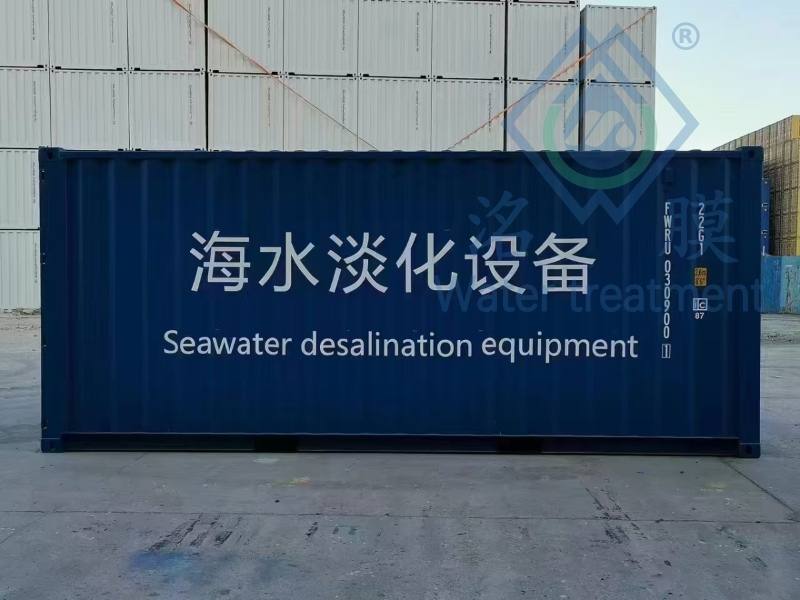 Containerized Seawater Desalination System
Containerized Seawater Desalination System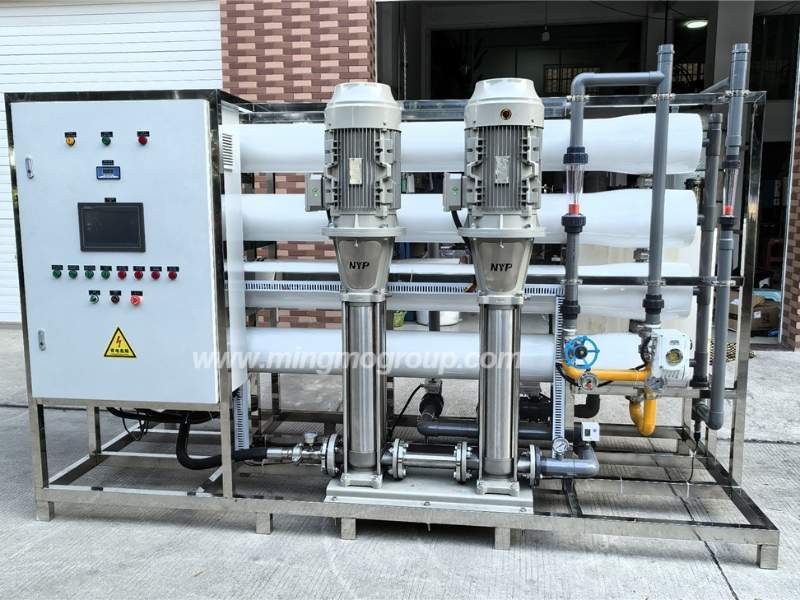 Seawater Desalination System
Seawater Desalination System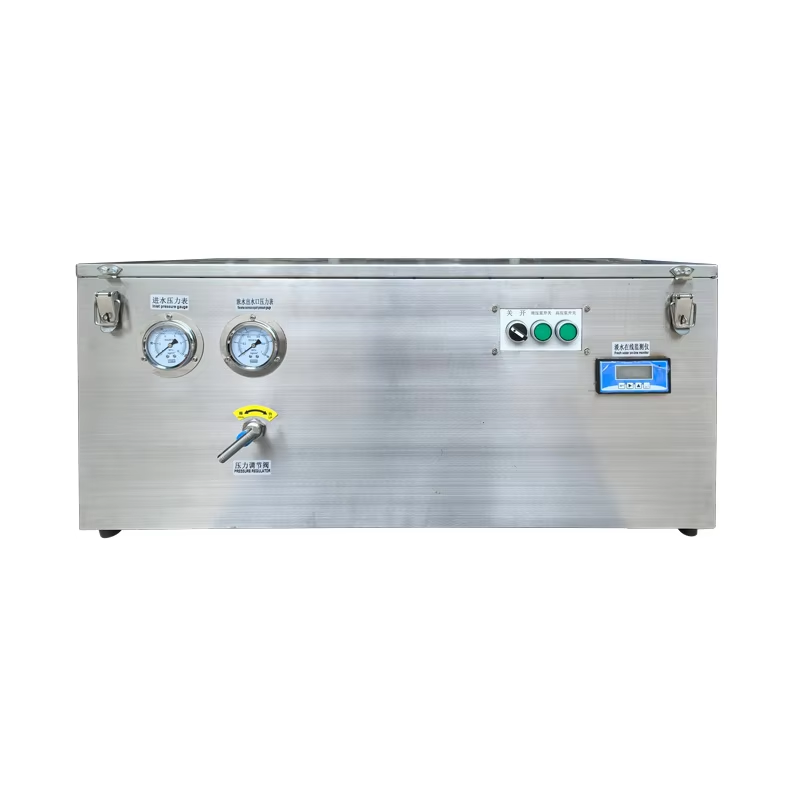 Small/Marine Watermaker Systems
Small/Marine Watermaker Systems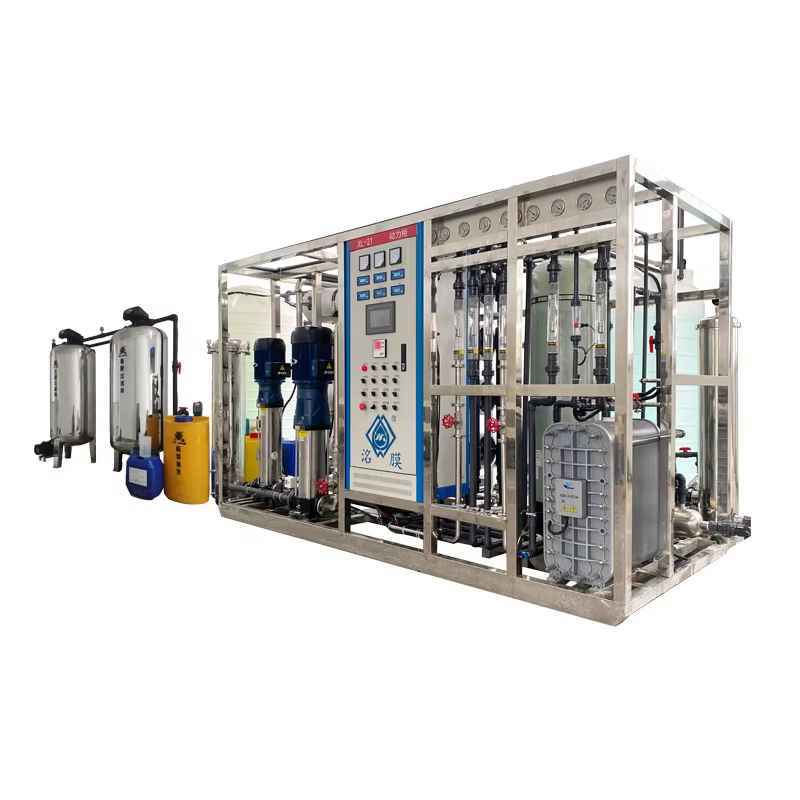 RO+EDI Ultrapure Water System
RO+EDI Ultrapure Water System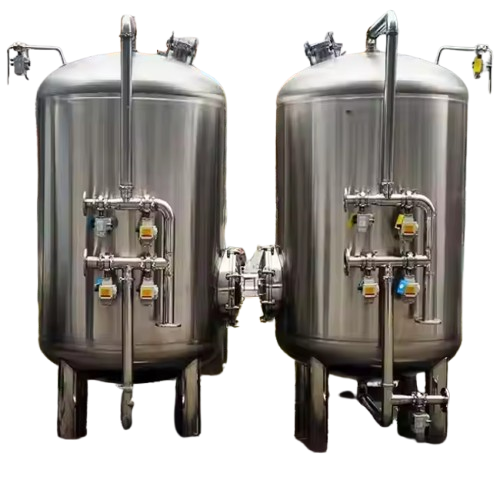 Media Filter
Media Filter Brackish Water Reverse Osmosis Treatment System
Brackish Water Reverse Osmosis Treatment System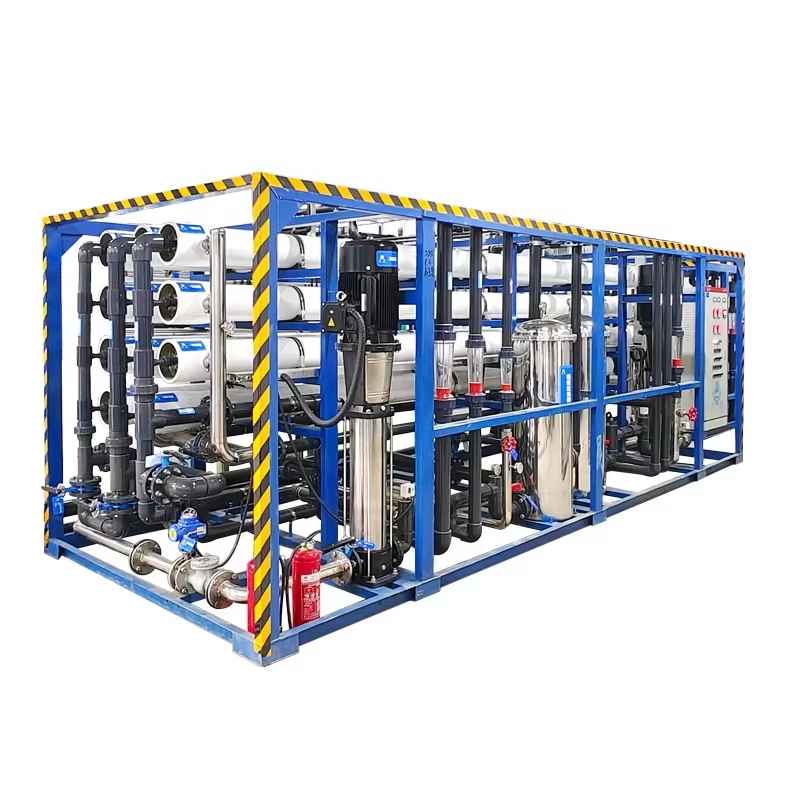 Large RO Desalination Machine
Large RO Desalination Machine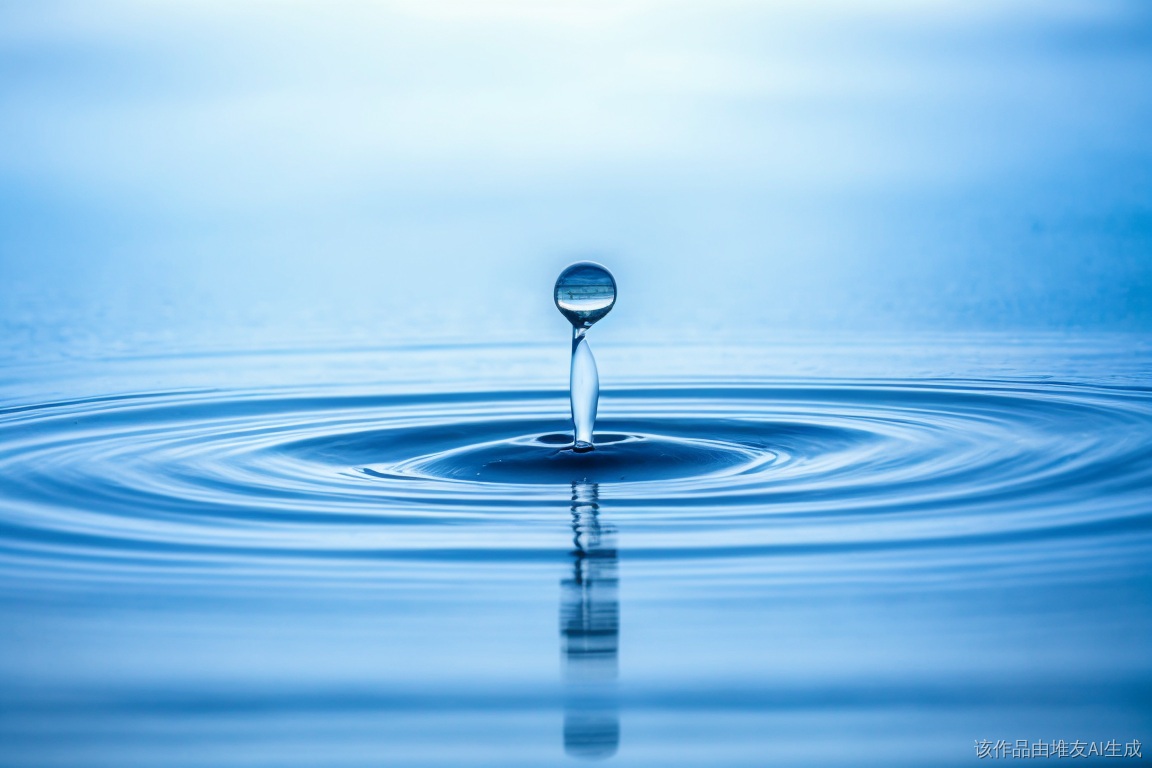 Ultrafiltration System vs. Reverse Osmosis System: Which One Should You Choose?
Ultrafiltration System vs. Reverse Osmosis System: Which One Should You Choose?